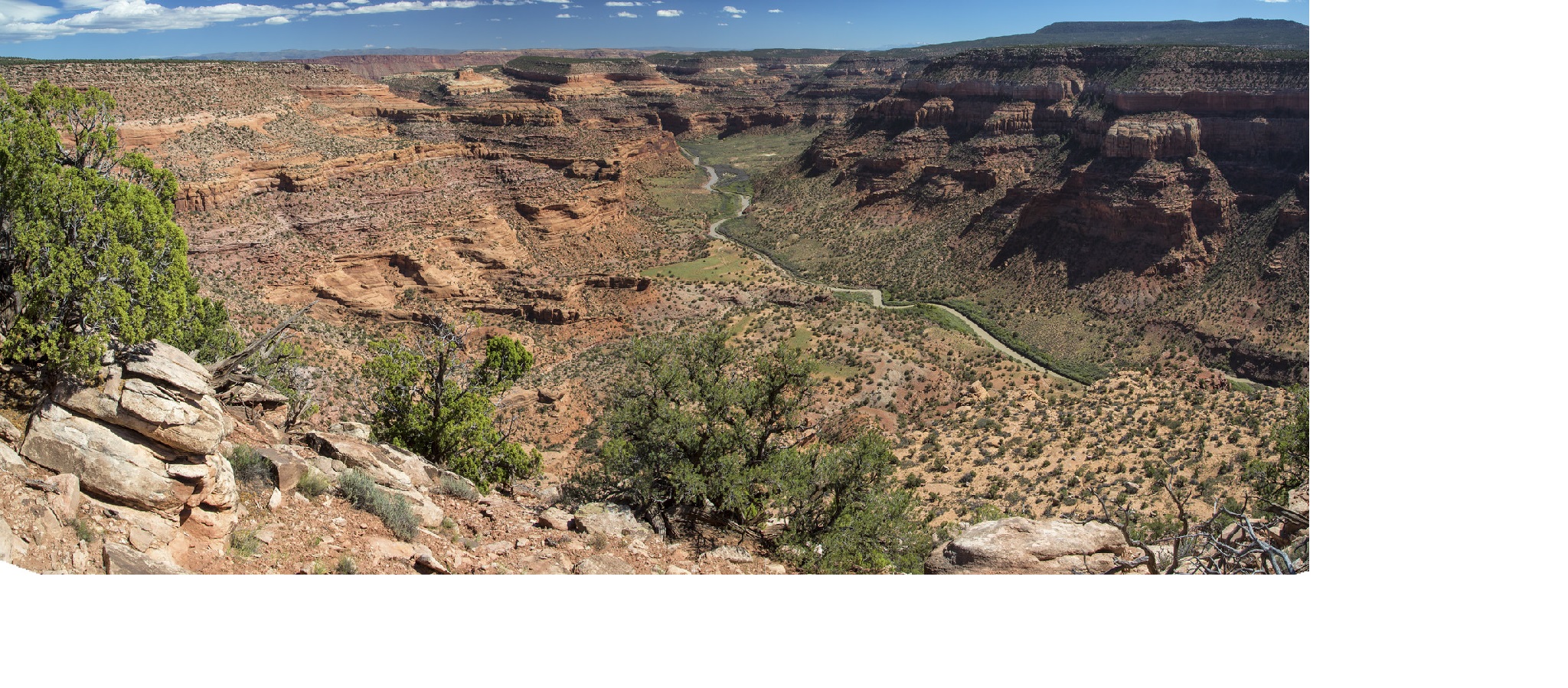What’s Next for the Great American Outdoors?, Pt. 2
One year after the Great American Outdoors Act became law, we're looking at what the law has achieved and the work we still have to do to secure a thriving planet that belongs to all of us. Read previous entries in this series:
-
Part 3: After a Year Indoors, We Must Support Every Kid Outdoors
- Part 4: Build Back Better Must Include Our Parks
Growing up in the West, you quickly learn to appreciate its beautiful landscapes. Whether it’s the old growth temperate rainforest in the Tongass National Forest or the sprawling plateaus at Little Book Cliffs, the lands and waters of the West are unparalleled in their beauty. A hike in these mountains or forests can take you a world away from the daily grind and restore you.
Perhaps that’s why so many people have turned to the outdoors for respite and healing during the COVID-19 pandemic. Rocky Mountain National Park saw twice as many visitors in the first half of 2021 than it did in 2020, and visits to Alaska’s Kenai Fjords National Park were up nearly 250 percent over the same period. Those two parks weren’t the only ones with increased attendance numbers. Nationwide, parks are shattering attendance records, fully rebounding or even exceeding records from before the pandemic.
While they are more popular than ever, rarely have these landscapes and waters been more threatened than they are today. Those record-setting crowds are stretching our park infrastructure thin at a time when budgets and staffing have been reduced in response to the ongoing pandemic. And as this year’s wildfires have shown, these Western landscapes are vulnerable to the increasingly devastating effects of climate change.
The Great American Outdoors Act (GAOA) took the first necessary steps to ensure the long-term future of our Western public lands and waters. The National Parks and Public Land Legacy Restoration Fund, created by GAOA, is providing billions of dollars to address critical deferred maintenance projects, allowing more people to enjoy these treasured outdoor spaces. GAOA’s full funding of the Land and Water Conservation Fund dedicated nearly $1 billion annually toward protecting new lands and preserving those already protected.
Scientists are in agreement that we need to protect 30 percent of all lands and waters in this country by 2030 if we’re to avoid the worst effects of the climate crisis. That means protecting more land in the next decade than we did in the previous century.
But those protections are threatened by the increasingly devastating effects of climate change. Scientists are in agreement that we need to protect 30 percent of all lands and waters in this country by 2030 if we’re to avoid the worst effects of the climate crisis. That means protecting more land in the next decade than we did in the previous century. The once-in-a-century heatwaves in the Pacific Northwest and the wildfires that have scorched landscapes across the West will only get worse if we do nothing. The Protecting America’s Wilderness and Public Lands (PAW+) Act will help us in this fight.
PAW+ is a package of eight bills that would collectively protect millions of acres of lands and hundreds of miles of rivers and waters across Colorado, California, Washington, and Arizona. By preserving these landscapes and waters, we can help ensure our Western communities have access to clean air and water, protect vital ecosystems, and build up the green infrastructure we need to take on the climate crisis. And we can do all this while creating good jobs and boosting our economy in the process.
From our ability to take on the climate crisis, to establishing a direct connection with nature, so much of our future will be determined by how we approach lands protection in the next decade. GAOA was a necessary and important start. Passing PAW+ will help us get to the finish line to protect our climate.
